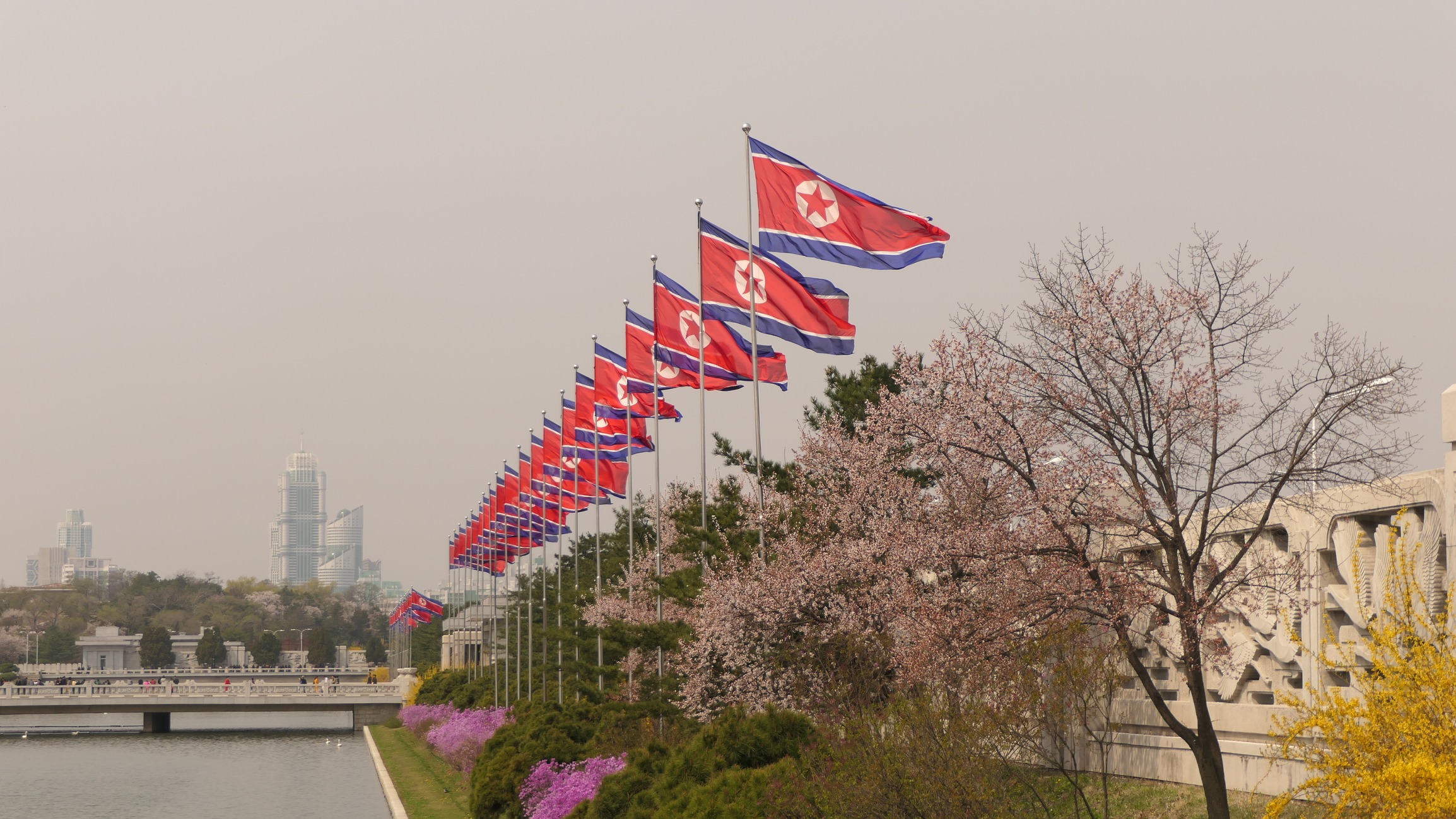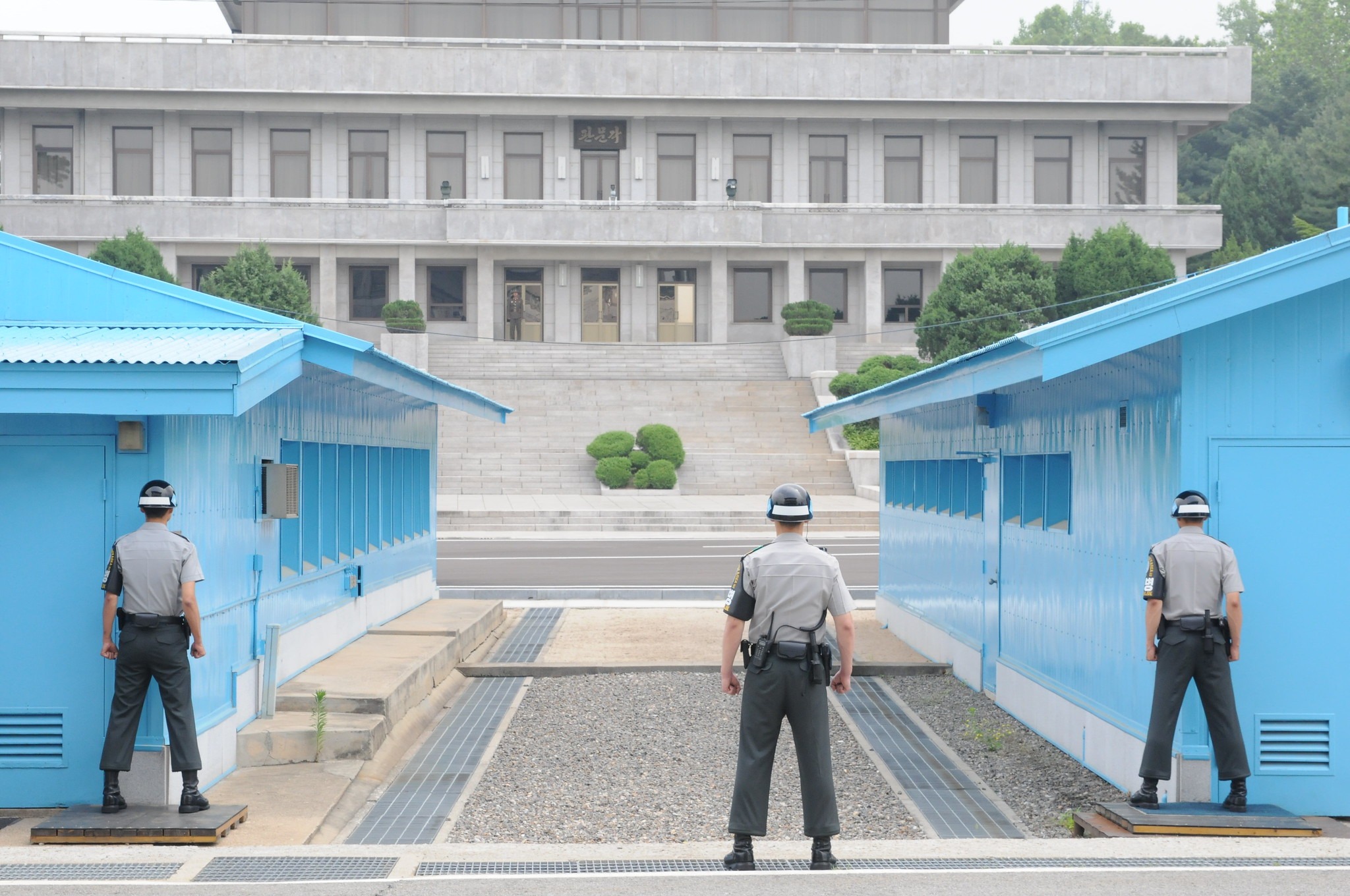Cooperative Threat Reduction in North Korea
The prospect of denuclearization negotiations starting again between North Korea and the United States is difficult to predict, but if they begin, the U.S. will focus on the comprehensive dismantling of North Korea’s nuclear and biochemical weapons and missile programs.
Since the early 1990s, the U.S. has helped eliminate weapons of mass destruction (WMD) in the former Soviet states through the Cooperative Threat Reduction (CTR) program, which aimed at not only dismantling strategic assets, but also providing transport, storage and safeguards for the eventual disposal of related equipment and facilities. After 9/11, the focus has been on preventing terrorist groups from acquiring nuclear and radioactive materials, so the program has been extended to other countries.
The CTR program was able to contribute to achieving threat reduction in Ukraine, Kazakhstan and Belarus, because these countries lacked the financial and technical means to maintain nuclear weapons independently, and the value of achieving security guarantees and economic support in exchange for nuclear disarmament was high.
Arguably, North Korea is different from these countries in terms of its capabilities, intentions and security environment. However, it is worth noting that, in the process of pursuing the goal of denuclearizing the Korean Peninsula, the CTR program could be a useful tool to speed up threat reduction in North Korea.
Discussions about cooperative threat reduction in North Korea were raised during the Six-Party Talks, and the U.S. Congress reviewed supporting comprehensive activities including not only verified dismantlement of North Korea’s nuclear program but also job creation for nuclear scientists and engineers. South Korea needs to examine in advance the scope, requirements and implementation plan for comprehensive threat reduction in North Korea for the following reasons.
First, if North Korea returns to the international non-proliferation regime, preventing the proliferation of WMD and missiles naturally becomes an obligation for the country to fulfill. Since the passage of U.N. Security Council Resolution 1540 on April 28, 2004, it has become the responsibility of all U.N. member states to strengthen their domestic systems to prevent the proliferation of WMDs.
The U.S. has ensured that beneficiaries of the CTR program are incorporated into the nuclear, biological, chemical and conventional weapons control regime to comply with their international obligations.
Because of North Korea’s track record of halting denuclearization measures, the international community is seeking concrete, irreversible means to resolve proliferation concerns. Therefore, institutional support for North Korea to continue to fulfill its obligations under the international non-proliferation regime will help manage WMD proliferation concerns.
Second, the CTR program can provide incentives for North Korea to be cooperative in denuclearization efforts. The CTR program supports the entire process including the transport, storage, disposal and conversion of WMD-related materials. This process includes activities that provide infrastructure, such as railways and roads, if necessary for WMD dismantlement activities, which will be positively considered in North Korea’s decision to denuclearize.
The U.S. spent more than $400 million in cooperative threat reduction programs to transport nuclear warheads deployed in Russia, Ukraine, Belarus and Kazakhstan safely to Russia’s central storage facilities, repair roads and bridges, and supply vehicles. It also helped Russia convert facilities used to produce plutonium for nuclear weapons into civilian nuclear power plants to provide heating for local communities.
In particular, the biosecurity and safety activities of the CTR program will be an attractive proposition for North Korea to address its long-standing health security issues. After the Ebola outbreak in West Africa in 2014, the U.S. converted overseas biological weapons-related infrastructure to civilian use and has supported the strengthening of regional capabilities for the rapid detection, diagnosis and reporting of especially dangerous pathogens.
Third, the CTR program can also contribute to building trust necessary for the implementation of denuclearization. As the scope of the CTR program is broad, agencies at various levels will be in contact with their counterparts in North Korea to keep consultations. Therefore, from the beginning of the program, opportunities for both sides to share interests and increase procedural transparency will be expanded.
Above all, the Threat Reduction Engagement Program can help North Korea’s WMD program workers participate in peaceful research activities, integrate them into the international community and increase accountability, by introducing a system that meets international standards. Establishing a cooperative relationship will be even more important, in that North Korean scientists and engineers can participate in the exchange of information related to nuclear weapons safety and security.
Fourth, the CTR program will provide opportunities for multiple actors to participate as donors. In recent years, the member states of the Global Partnership, along with international organizations such as the International Atomic Energy Agency (IAEA), Comprehensive Nuclear-Test-Ban Treaty Organization (CTBTO), Organization for the Prohibition of Chemical Weapons (OPCW) and World Health Organization (WHO), participated in supporting chemical weapons destruction, cooperative biological engagement, proliferation prevention and global nuclear security.
Multilateral guarantees of the CTR program can reduce the risk of parties failing to comply with the denuclearization agreement. Securing the necessary financial resources for North Korea’s denuclearization activities will contribute to accelerating the disarmament process and maintaining the sustainability of the program.
Taking these benefits into consideration, South Korea and the U.S. should develop a long-term cooperative threat reduction and nonproliferation assistance strategy, to be implemented when denuclearization talks with North Korea begin.
Dr. Jina Kim is a professor in the Division of Language and Diplomacy at Hankuk University of Foreign Studies. She is on multiple advisory boards for the National Security Office, Ministry of Foreign Affairs, Ministry of National Unification, and Peaceful Unification Advisory Council. This article is published in cooperation with the Asia-Pacific Leadership Network for Nuclear Non-Proliferation and Disarmament (APLN) (www.apln.network).
Disclaimer: The opinions articulated above represent the views of the author(s) and do not necessarily reflect the position of the Asia Pacific Leadership Network or any of its members.
This article was published in The Korea Times on 22 December 2021 as part of a dedicated, regular Korea Times column with analysis by APLN members on global issues. You can find the original post here.
Image:


![[WMD] Asymmetric WMD Threats: DPRK Nuclear, Cyber, and Bio-Chemical Weapons Capabilities](https://cms.apln.network/wp-content/uploads/2021/12/KakaoTalk_Photo_2021-12-22-10-44-15-2.png)
![[NU-NEA] Nuclear-Use Cases for Contemplating Crisis and Conflict on the Korean Peninsula](https://cms.apln.network/wp-content/uploads/2021/12/Bennett-Davis-thumbnail_NEW-2.jpg)
